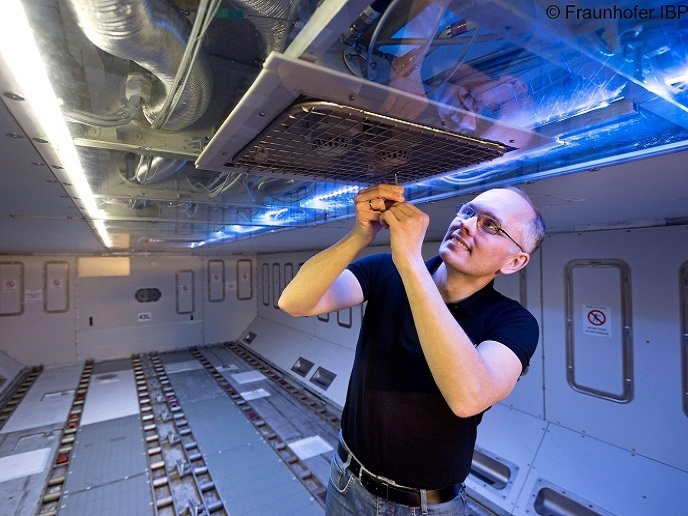How do airlines view future aircraft?
As demand for regional air transport is increasing, the aviation industry is under pressure to reduce aircraft environmental impact while simultaneously maintaining safety and efficiency. Radical changes in aircraft construction, technologies and operational practices are thus also required to comply with increasingly greener regulatory frameworks. Considering the EU Clean Sky and Green Regional Airline initiatives, scientists initiated the EU-funded project 'Future regional aircraft requirements survey - Part 2' (FRARS-2)(opens in new window) . Researchers collected information from regional airlines outside the EU and established the relative importance of various criteria. These concerned important decision-making features for selecting technologies and designs that best suit future regional aircraft. The team considered aspects such as sustainability, operability, and passenger capacity and comfort trade-off. This survey was the continuation of a previous data collection campaign focusing on Europe. The project used a combination of conventional questionnaires and a simple version of a multi-criteria decision-making (MCDM) tool based on the analytical hierarchy process (AHP). This is a statistical method that provides a comprehensive and rational framework for structuring a decision problem and representing and quantifying its elements. It enables airline operators to establish priorities amongst the hierarchy elements by making a series of judgments based on pairwise comparisons. Based on the AHP analysis findings, operating costs and performance factors (such as aircraft weight reduction) were equally important for passenger and cargo airlines. In addition to these, the survey revealed that environmental factors (such as greenhouse gas emissions) are considered when outlining requirements for future regional aircraft. Finally, mainly low-cost passenger airlines considered seating capacity an important factor. This finding is in contrast with the considerations of other, more premium airlines when purchasing new aircraft. The developed MCDM tool could give an excellent opportunity to integrate sustainability in decision-making processes. Thus, Clean Sky actors and any other relevant decision makers will be able to make rational decisions on environmental, societal and economical aspects for future projects.







